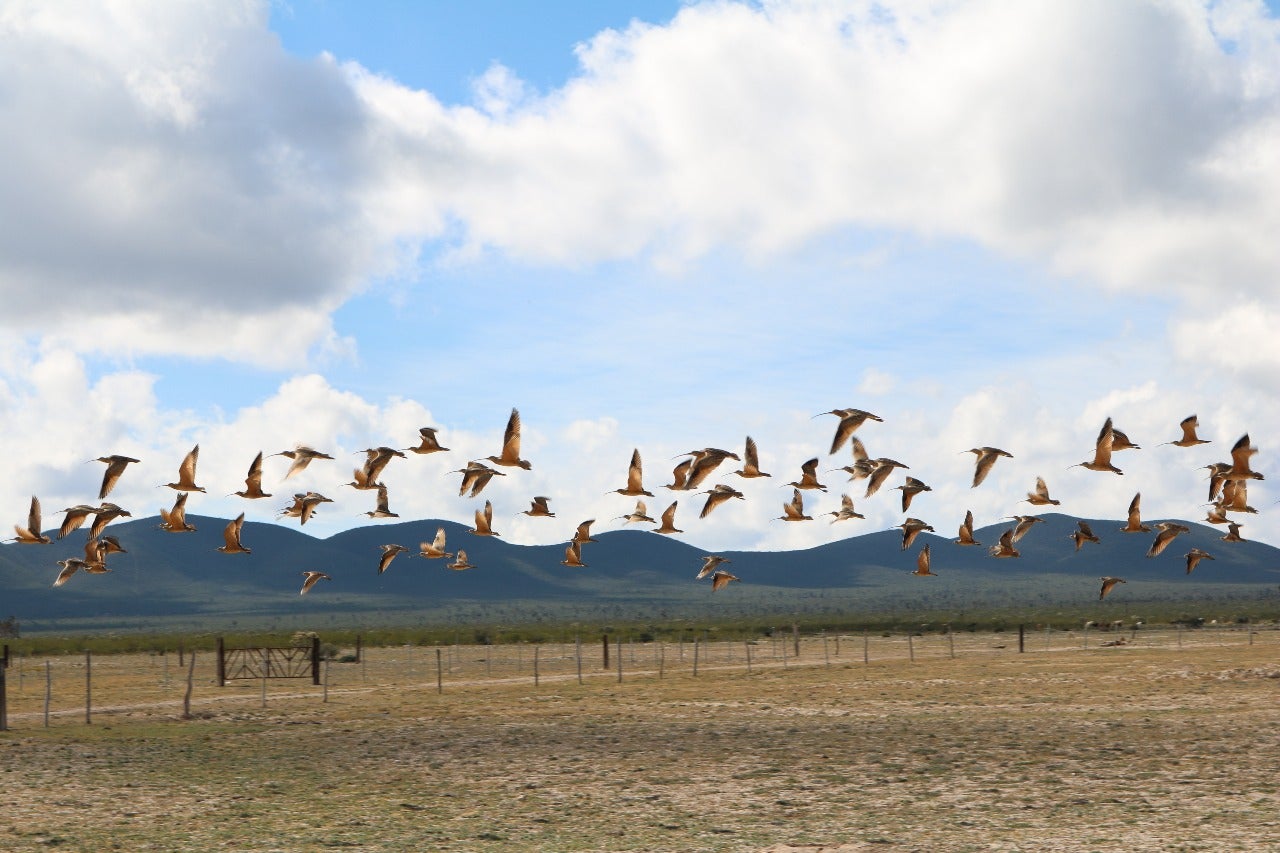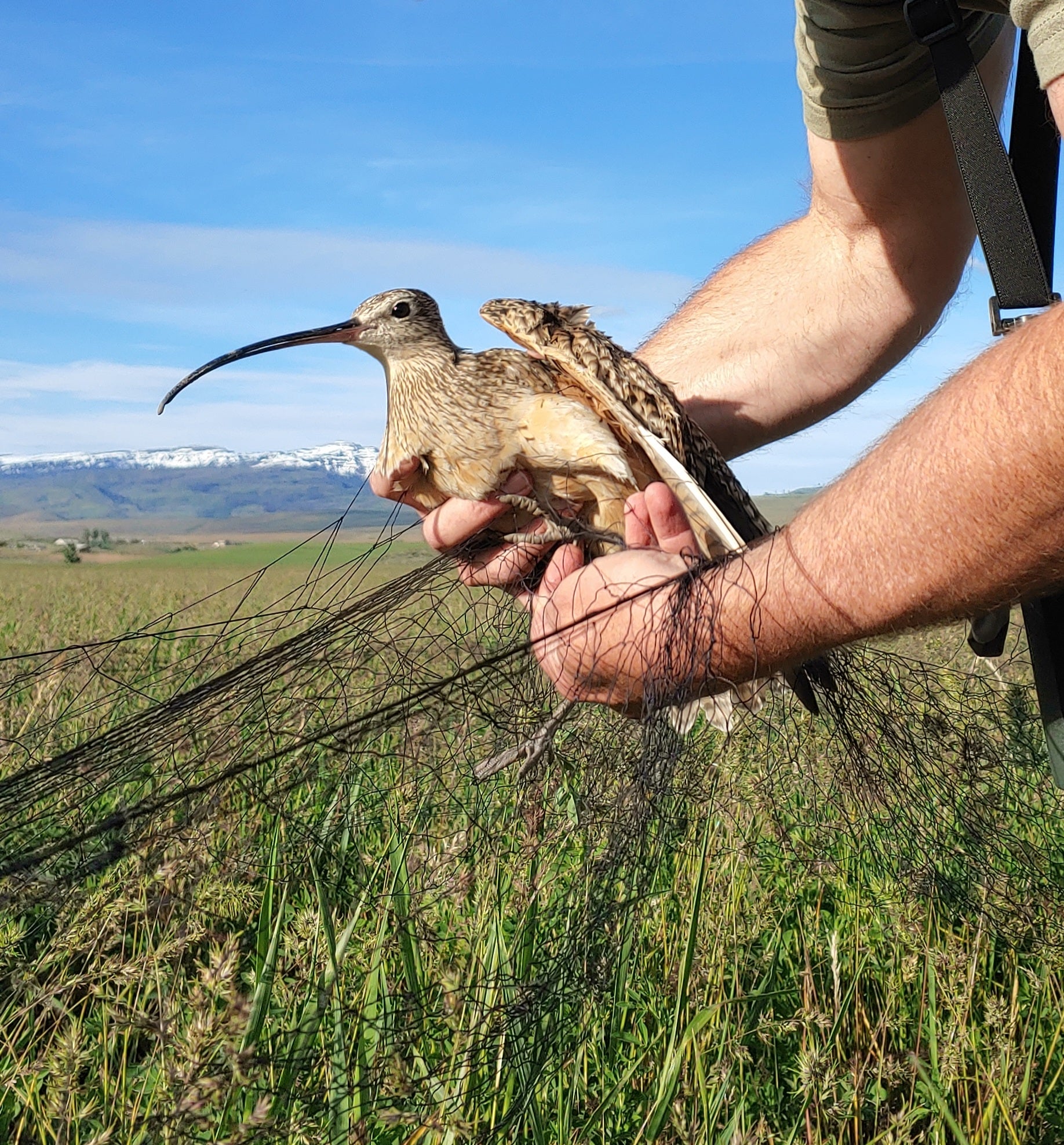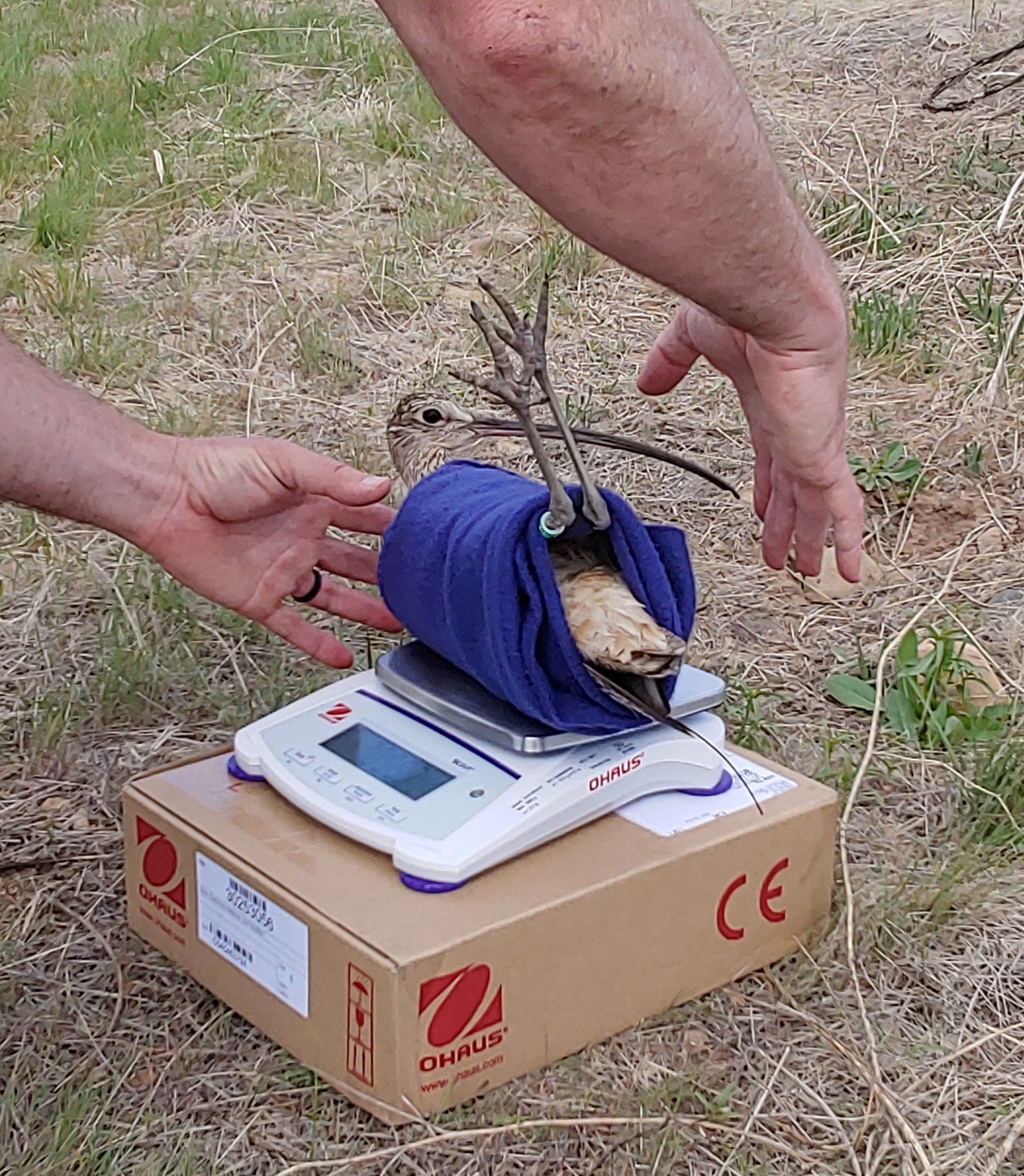Researchers at the Smithsonian’s National Zoo and Conservation Biology Institute, in collaboration with Boise State’s Intermountain Bird Observatory, have discovered that long-billed curlews — North America’s largest shorebird, which breeds in grasslands, rangelands and agricultural habitats across much of the central and western United States, including Idaho — aren’t all the same when it comes to migration.

Using satellite transmitter data collected between 2007 and 2021, researchers identified three distinct groups of curlews: one from the Western U.S., one from the Intermountain West, and one from the Great Plains. Each group follows a specific migratory route and faces unique challenges along the way. Idaho’s long-billed curlews represent a mix of the Western and Intermountain West groups, said Jay Carlisle, research director at the Intermountain Bird Observatory and research professor in Boise State’s Department of Biological Sciences. Birds breeding in Southwest Idaho primarily migrate to Central and Southern California and those breeding in Eastern Idaho migrate mostly to Southeastern California and Mexico.
The Migratory Connectivity Project, led by the Smithsonian Migratory Bird Center, helped to coordinate this research effort. The project focuses on the annual movements of migratory animals, particularly birds. Technologies like GPS and satellite tracking of individual animals now reveal how populations are connected across ecosystems — insights that weren’t possible in the past, when researchers relied on bird banding, recapture data, and field observations.
The study, led by Elly Knight, a postdoctoral fellow at the Smithsonian and co-advised by Carlisle, emphasizes the importance of understanding where long-billed curlews go throughout the year in order to protect them in the most strategic, population-specific ways. The researchers hope that applying migratory connectivity to identify distinct groups that might require different management priorities can serve as a model for studying other migratory bird species.
The Journal of Applied Ecology published the study this spring.
Long-billed curlews = long history at Boise State
Carlisle and the Intermountain Bird Observatory have studied long-billed curlews in southwestern Idaho since 2009, in collaboration with state and federal agency partners.
“We were concerned about a steeply declining population and low reproductive — or nesting — success in an area nominally set aside for curlews,” Carlisle said, referring to the Long-billed Curlew Habitat Area of Critical Environmental Concern on public lands north of Middleton, Idaho. Surveys suggest that curlew numbers have dropped by 92% in the region over the past four decades.

Boise State researchers began using miniature tracking devices in 2013 to follow individual curlews throughout their annual cycle, including both the breeding season and migration. The tracking work began in the Long-billed Curlew Habitat Area of Critical Environmental Concern and quickly expanded to include the Morley Nelson Snake River Birds of Prey National Conservation Area in southwestern Idaho and other areas favored by curlews in eastern Idaho.
Over the past decade, the observatory has led or co-led efforts to track curlews from breeding populations in Montana, New Mexico, North Dakota, South Dakota and Wyoming — and has also supported conservation colleagues with studies in British Columbia, California, Mexico and Saskatchewan.
One key finding from the tracking study is that long-billed curlews breeding in “protected” areas in southwestern Idaho — like other bird and snake species — remain vulnerable to development that encroaches on their breeding grounds, and especially to high rates of poaching. The issue received national coverage in 2018 through a National Audubon Society article that quoted Carlisle and in High Country News.

Although Carlisle and the Intermountain Bird Observatory have not received funding for long-billed curlew research in Idaho since 2021, they hope to continue educating the public about this native bird and building partnerships with fellow researchers.
“As we began presenting results at conferences and connecting with others studying curlews, we formed a network of collaborators with the goal of pooling our data for more powerful and impactful analyses, such as this paper led by Elly Knight,” Carlisle said. “My hope — shared by many colleagues, including at the Smithsonian — is that we can continue tapping into the rich datasets we’ve collected over the last decade-plus to produce more publications that inform conservation efforts for long-billed curlews and other species that share their habitats.”
Get to know these Idaho natives
- Long-billed curlews overwinter along the Pacific and Gulf coasts in addition to interior areas such as grasslands and wetlands from Texas, to California and Mexico. A small and vanishing population winters along the southeastern coast of the U.S.
- Long-billed curlews lay their eggs in nests on the ground, where males spend more time on the nest than females. Both sexes are aggressive protectors of their chicks, often dive-bombing would-be predators – badgers, ravens, red-tailed hawks and golden eagles included.
Learn more on the Cornell Lab All About Birds page.